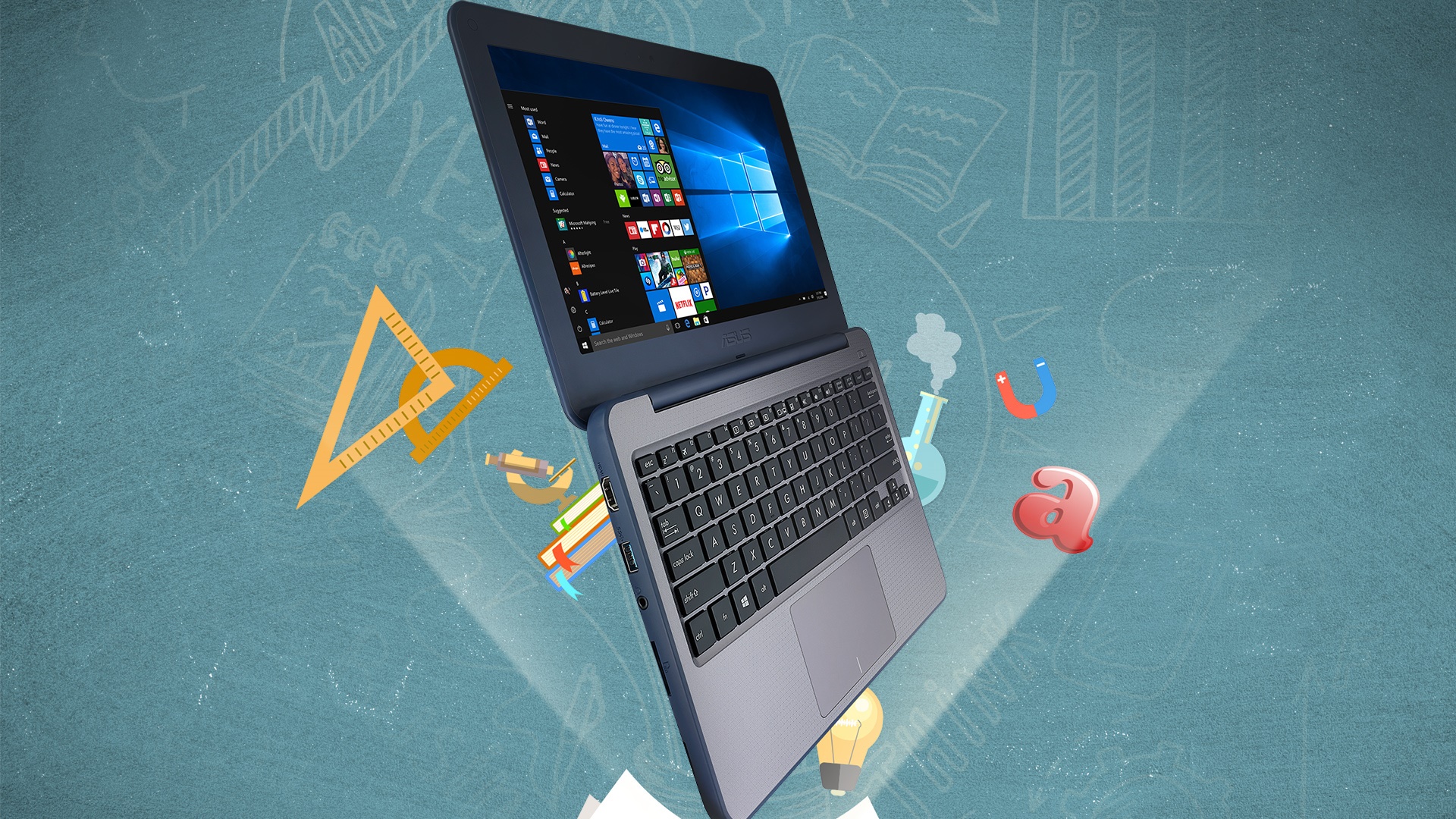An alarm sounds at 6AM from a bedside device that controls the lighting, audio, temperature and even communications throughout our student’s home.
Smart homes are now commonplace thanks to advancements in security and privacy technology and having a connected home is as common as having lighting today. The student awakes and heads to the family bathroom where thanks to sensors, the shower is warmed to their particular preference and the music or podcast they prefer filters through connected speakers.
Downstairs breakfast is being prepared thanks to an early morning delivery. Groceries were compiled autonomously into a list for the family to review before being sent off to the local supermarket. Calendars and appointments for the day are being fed into the parents’ wireless earbuds while they go about their morning activities. One of the student’s siblings is waiting for their school project – a 3D model of the Moon’s interior mapped during a recent mission – to finish printing as an alert pops up that the transport to school is 30 minutes away.
Our student heads downstairs after checking their social media notifications and their schedule for the day.
Bag in tow the student taps their mobile device to the fridge and their preferred temperature of water is dispensed.
Grabbing their notebook from the kitchen counter, the student and their siblings head to the front gate as an autonomous vehicle arrives on time to take them to school. While people do still drive, ride sharing is now handled by self driving vehicles which have designated lanes to insure safety.
Arriving at school, attendance is done through a series of scanners which read a portion of an encrypted profile students have stored in the cloud and on their device. These scanners are also on the look out for illicit items that may not enter school premises. Should such an item be detected, the student’s teachers are informed privately and action can be taken. Given the reach of hyperscale data centres and advancements in edge computing, these scans take a fraction of a second and are commonplace in public spaces such as sporting grounds, concert halls and even some exclusive clubs.
Classes in 2030 are a mix of both in-person and online students. Our student’s artificial intelligence class is 100 people strong with the majority of those learners tuning in remotely from other parts of the country.
All lessons are recorded and made available online in a variety of formats depending on the subject matter. As regards practical classes, students who are located remotely are able to visit satellite workshops where they have access to the tools they need to complete their work.
Classes revolve around world events, innovations and how technology influences every aspect of our lives. Environmental responsibility, sustainable development and green growth are central to the curriculum in 2030.
However, education has evolved to the point where a curriculum is more flexible and focused on individual learning. Much like technology, education has become a rapidly evolving space.
This means that the technology of 2030 must rise to meet the needs of a space that could look markedly different between 2030 and 2032.
Over the decades, ASUS has risen to this challenge. While we’re still a ways off of every student having access to the latest technology, ASUS has affordable notebooks designed for the demands of the classroom. The BR series of notebooks run Windows operating systems and feature incredible performance for the price. With rubber bumpers to withstand knocks on the playground and a spill-resistant keyboard the BR series is a fantastic notebook for school students that’s available right now.
For more information on the BR series of notebooks and other ASUS products, head to the official website.

